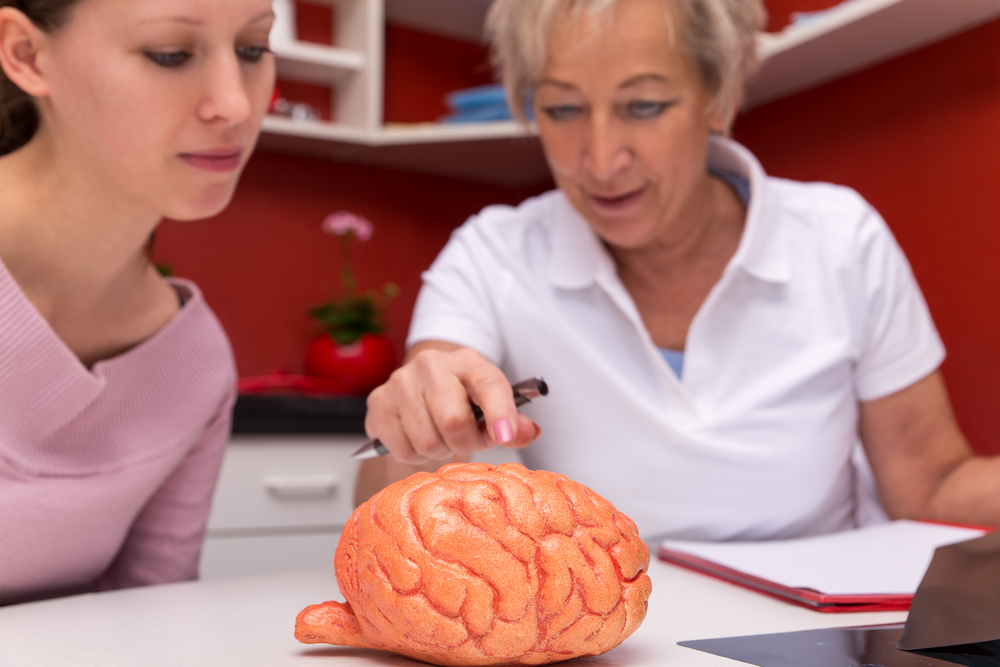Scientists Find Stem Cells in Brain’s Meninges, Possibly Leading to Future ALS Therapies

Researchers have found neuronal progenitor cells (immature cells that can become neurons) in the meninges, a three-layer structure enclosing the brain that protects the nervous system, according to a new study. This finding may lead to the development of new stem cell therapies for brain damage and neurodegenerative disorders such as amyotrophic lateral sclerosis (ALS).
The study, “Neurogenic Radial Glia-Like Cells In Meninges Migrate And Differentiate Into Functionally Integrated Neurons In The Neonatal Cortex,” was published in the journal Cell Stem Cell.
The adult nervous system (brain and spinal cord) is surrounded and protected by three membranes called the meninges (dura mater, arachnoid mater and pia mater).
Until now, scientists believed that neuronal stem cells, produced during the embryonic phase of the stem cell development, existed only within the brain tissue. A research team led by Prof. Peter Carmeliet from VIB-KU Leuven in Belgium discovered new evidence that these cells can also be found in the meninges of the adult brain, demonstrating that these membranes can serve as a source of newly produced neurons in later phases of development.
“The neuronal stem cells that we discovered inside the meninges differentiate to full neurons, electrically-active and functionally integrated into the neuronal circuit,” Carmeliet said in a news release.
To demonstrate the presence of neuronal progenitor cells in the meninges, the team used a new and extremely powerful technique called single-cell RNA sequencing that is able to identify cells based on their expression profile of RNA molecules.
The team believes the discovery of neuronal stem cells in the meninges can be applied to the clinical environment in the future, provided some questions are answered.
“An intriguing question is whether these neuronal stem cells in the meninges could lead to better therapies for brain damage or neurodegeneration,” Carmeliet said. “However, answering this question would require a better understanding of the molecular mechanisms that regulate the differentiation of these stem cells.
“How are these meningeal stem cells activated to become different kinds of neurons? Can we therapeutically ‘hijack’ their regeneration potential to restore dying neurons in, for example, Alzheimer’s disease, Parkinson’s disease, amyotrophic lateral sclerosis (ALS), and other neurodegenerative disorders?
“Also, can we isolate these neurogenic progenitors from the meninges at birth and use them for later transplantation? These findings open up very exciting research opportunities for the future,” Carmeliet said.






